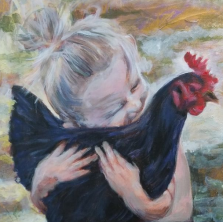This week, we’re using our sources to identify the most common beehive designs. Every year at this time we toy with the idea of getting some beehives. The idea of a little air force of tiny creatures flying around the countryside bringing us free food is very attractive.
What is not attractive is that they don’t knock on the front door and hand it to you. Maintaining the hives, extracting and processing the honey, and general bee management is work.
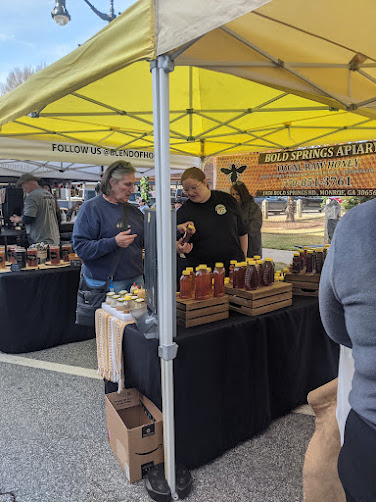
We have consulted a few beekeepers at some of the local farmer’s markets. They all tell us not to do it. The preferred method is to let someone who is already good at this put a few beehives on your place. They may give you a few jars of honey, and that is good because it saves you work.
We are very hard working here at the Firefly, Bed and Breakfast near Madison GA, but we like to be efficient.
There are plenty of farmers up and down the road out here that have beehives.
The five most common designs are: The Langstroth Hive, The Top Bar Hive, The Long Langstroth Hive, The Warre Hive, and the Dedant Hive.
Cultural Reference
This particular example, from the same year that the Firefly was built, suggests that just about anything can be used as a beehive if the bees like it.
Bees have been around a lot longer than people, and the web is full of instances of them building a hive in the side of your house, or the hollow of a tree, or any of a variety of other places.
The trick seems to be to control this a bit.
The Five Most Common Beehive Designs
Here, according to that thing that knows everything, are the five most common beehive designs. Who knew that these things have names?
Langstroth Hive
The Langstroth Hive is a vertical, rectangular beehive design that is widely considered the standard for modern beekeeping. It was invented by Rev. Lorenzo Langstroth in the mid-19th century. It is characterized by its use of standardized frames and removable honey supers. The Langstroth Hive is built with a bottom board, followed by one or more boxes (called “brood chambers”). These house the queen. and her brood.
Above these boxes there are additional boxes (known as “honey supers”) where the bees store their honey. This is a good design because it allows beekeepers to easily inspect and manage the hive without disturbing the bees. This approach also provides ample space for the colony to grow and produce honey. The Langstroth Hive is widely used because of its versatility, ease of use, and efficiency in honey production.
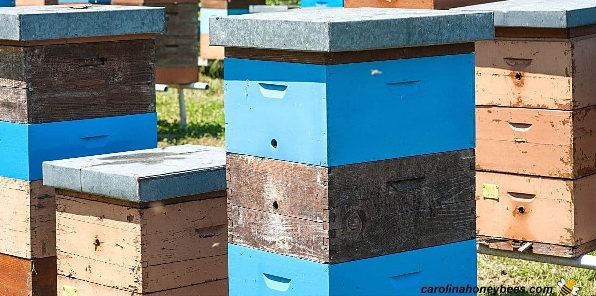
Here’s another link to the construction plans for such a thing. We like this idea because you can buy ready-made components. If we only had a huge pile of scrap lumber we might try it. These are sold on Etsy for a couple of hundred dollars, and this is attractive because of the time factor.
Top Bar Hive
A Top-Bar Hive is a horizontal beehive design that is a more natural alternative to the standard Langstroth Hive. Unlike the Langstroth Hive, the Top-Bar Hive is shaped like a trough and the bees build their comb directly on top of the bars, instead of in frames.
Furthermore, the Top-Bar Hive has no movable frames, so it requires a gentler approach to beekeeping. On the other hand, this design can be more challenging for beekeepers who are looking for a larger honey harvest, as it requires the removal of the entire comb when it’s time to harvest honey.
Despite this, the Top-Bar Hive is becoming increasingly popular due to its simplicity, eco-friendliness, and the idea that it provides a more natural environment for the bees. Additionally, the design also has a smaller footprint, making it a great option for urban beekeepers who have limited space. Finally, the Top-Bar Hive is considered a great choice for those who are looking for a more sustainable and hands-off approach to beekeeping
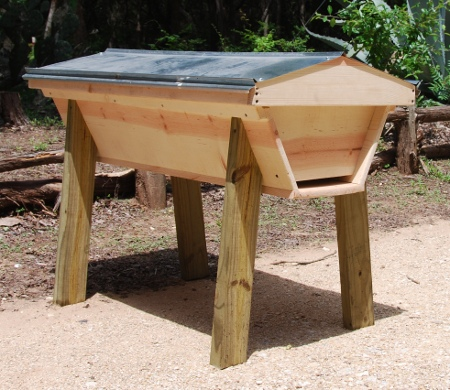
The Warre Hive
A Warre Hive, also known as the “People’s Hive,” is a vertical beehive design that is based on the principles of natural bee behavior. Unlike the Langstroth Hive, the Warre Hive has no movable frames, and instead relies on the bees to build their own comb.
Furthermore, the Warre Hive is designed to be top-opened, which allows the beekeeper to inspect the colony without disturbing the bees. In addition, the Warre Hive is also unique in that it has multiple boxes, or “stories,” which can be added or removed as needed, providing the colony with ample space to grow and store honey. This design is becoming increasingly popular among beekeepers who are looking for a more natural and sustainable approach to beekeeping.
Additionally, the Warre Hive is considered to be less labor-intensive, as it does not require the constant upkeep and manipulation of the frames and comb that is necessary in a Langstroth Hive. Finally, the Warre Hive is often praised for its ability to create a healthy and thriving colony that produces high-quality honey.
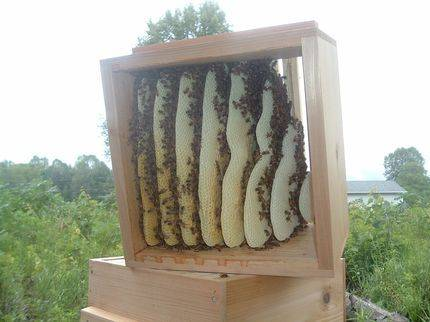
The Warre Store will also sell you one of these beehives for a few dollars.
Long Langstroth Hive
A Long Langstroth Hive is a variation of the standard Langstroth Hive that is designed to accommodate larger honeybee colonies. Unlike the standard Langstroth Hive, the Long Langstroth Hive has more boxes, or “brood chambers,” which provide the colony with ample space to grow and store honey. The attractive thing about these horizontal hives seems to be the reduction in heavy lifting. You don’t have to unstack the boxes.
According to some sources, the Long Langstroth Hive is also easier to manage, as it has removable frames that allow for easy inspection and honey harvesting. On the other hand, this design can be more challenging for novice beekeepers, as it requires a larger investment in equipment and supplies.
Despite this, the Long Langstroth Hive is becoming increasingly popular among beekeepers who are looking for a more efficient and productive way to keep bees. Additionally, this design is also considered to be more sustainable, as it reduces the risk of colony collapse by providing the bees with ample space to grow and store honey. Finally, the Long Langstroth Hive is often praised for its ability to produce high-quality honey and create a healthy and thriving colony.
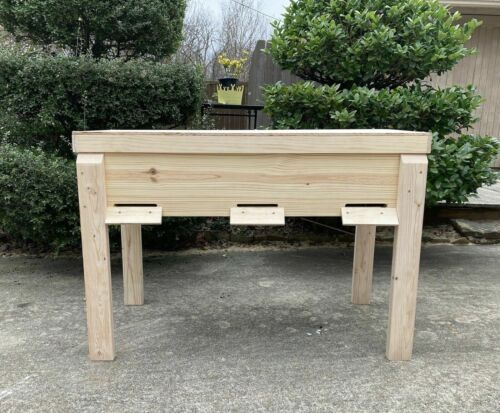
Dadant Hive
The Dadant Hive is commonly used in Europe. The inventor, Mr. Charles Dedant, was born in France and emigrated to North America, trying in vain to produce French quality wine.
Here is a European beekeeping forum link where there is a discussion of this type of hive. Like all of these forums there are plenty of trolls on both sides of the issue, so it is hard to make this a solid decision.
https://beekeepingforum.co.uk/threads/dadant-hives.53243/
There is a link to the Miel Factory down below, which is a place in Germany. Should we spend several hundred dollars on one of these imported from the land of the Mercedes?
The US version of this hive is actually fairly thrifty. for $100 you can get the unassembled one of these. Using our knowhow, rolling the plans out in the front yard and assembling this, it’s an option.
Can we use our sources, and learn how to use profanity in French? If it is anything like Ikea Furniture, we may need to do this type of research.
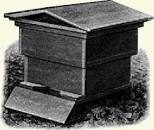
Would we actually do something like this?
There are obviously options. Would we spend a couple of hundred dollars to get some quantity of honey? It would take us a couple of years to get our hive off the ground. There are incompatible species around (chickens) who think of bees as food.
We do have plenty of room, and every year this is a bit of an option.
There is one other option, which we could do, which is to do something we are already set up to do, and do barter with a beekeeper. People do what they do, if they are any good at it.
Click us up if you have any suggestions or other ideas, or can guide us on our journey.
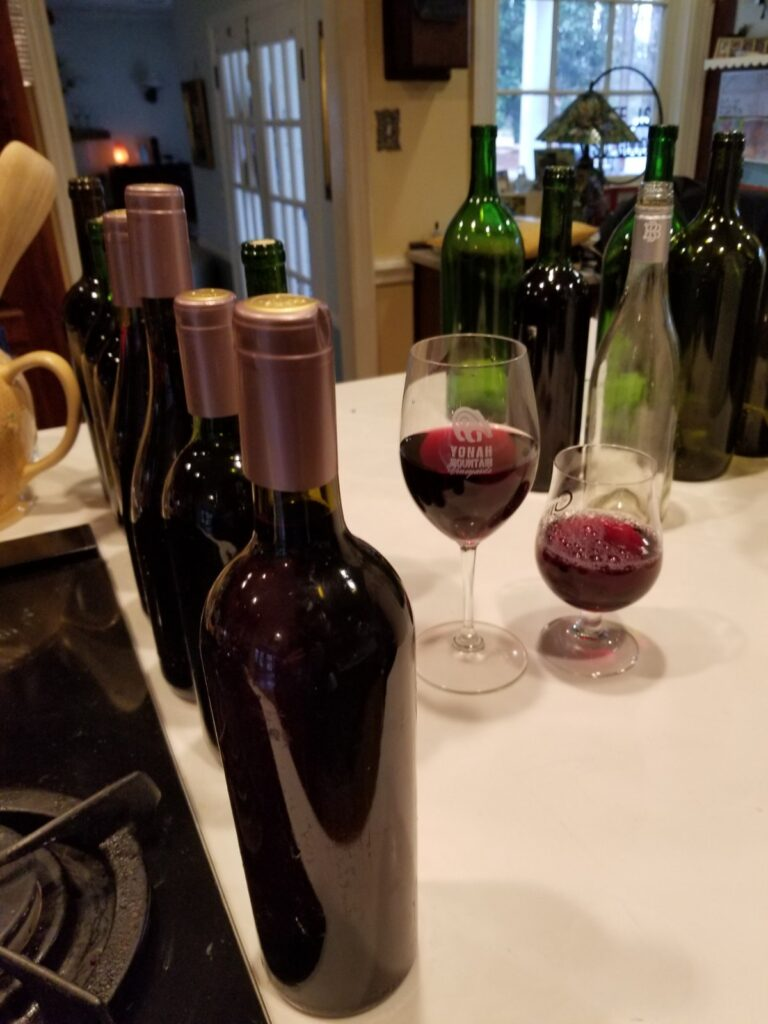
Links and References
Carolina Honeybees
Here’s a link: (link)
Here’s a link to the Ploughshare Society describing the Top Bar Hive
And here’s a link to the building plans.
Here’s a link to the warre store, where they lay all of this out to you.
Long Hive Plans
https://horizontalhive.com/how-to-build/long-langstroth-plans.shtml
And, these characters will sell you one on Ebay.
Dadant Hive
![]()
